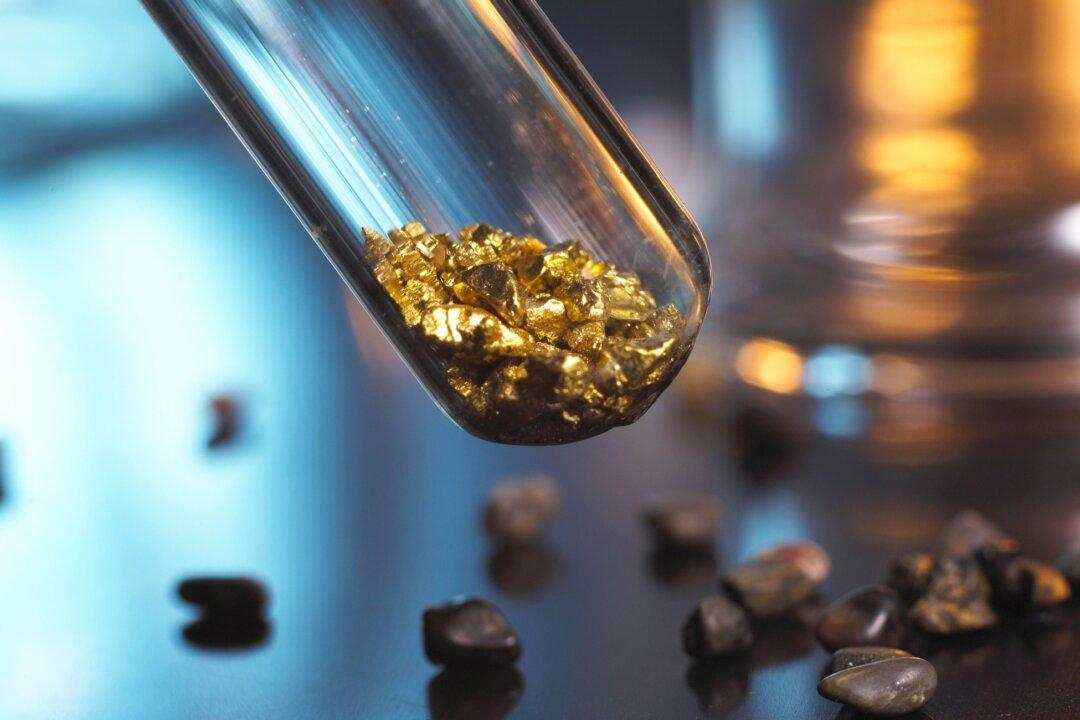Commentary
In a remarkable feat of modern physics, scientists at the Large Hadron Collider have managed to recreate one of humanity’s oldest fantasies: turning lead into gold. By smashing lead atoms together at near-light speeds, the resulting collisions generate immense heat and energy—conditions so extreme that they momentarily produce a flurry of exotic particles and even atoms with the same number of protons as gold. Could it be that the alchemists’ long-elusive dream—transmuting the worthless into the sublime—has at last been realized? And not in cluttered stone laboratories thick with incense and delusion, but in the sleek, humming vacuum tubes of a particle collider hidden miles under the Swiss Alps?





